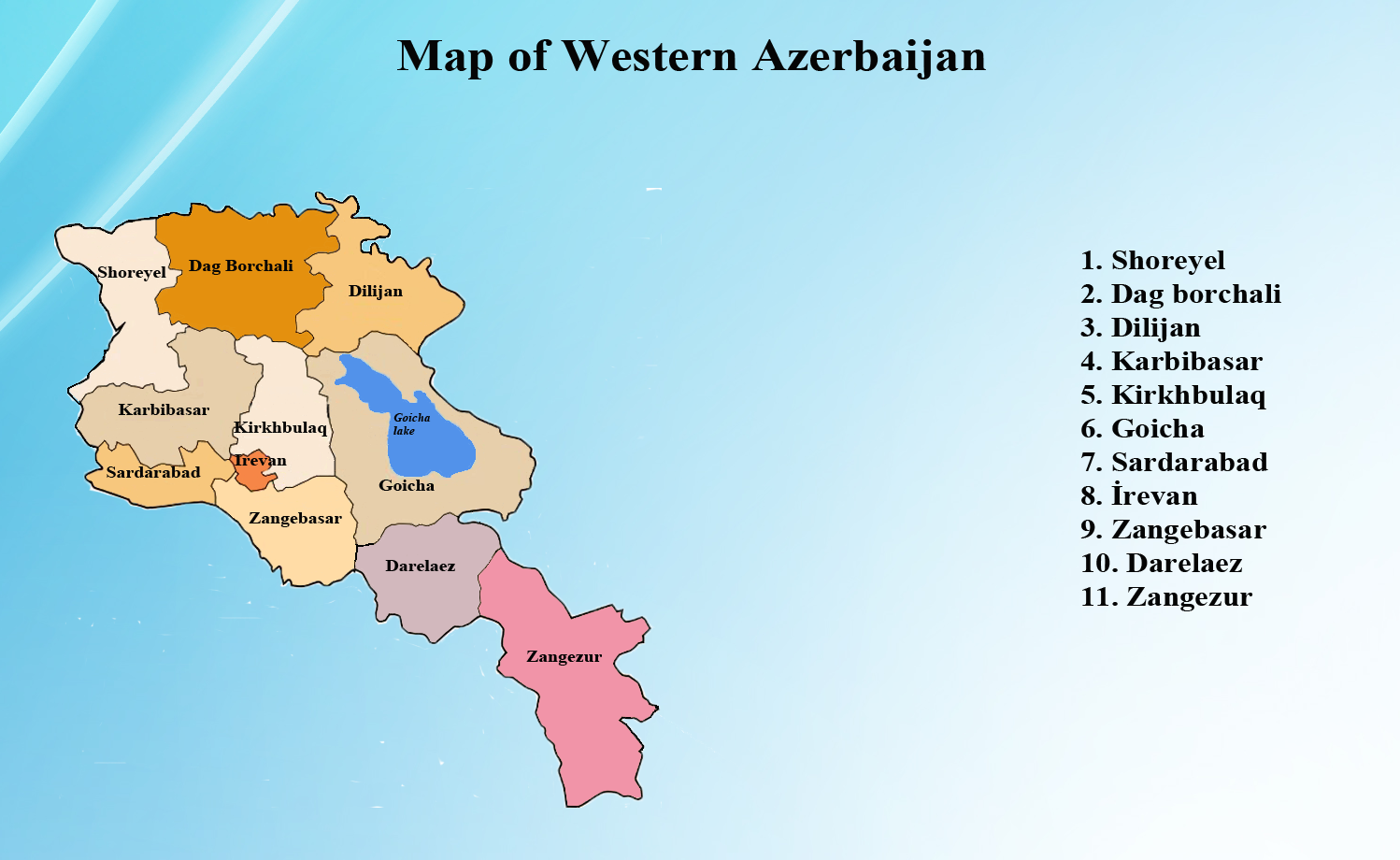Shorayel Sultanate — Shorayel (Shuragal) sultanate, situated in the northwestern region of the Iravan Khanate, is positioned at the foothills of the Alagoz (Alayaz) mountain. The Sultanate emerged during the disintegration of the Afsharid Empire. To its north, it shared borders with the Kingdom of Kartli-Kakheti, while to the south, it neighbored the Talin and Seyidli-Aghsaggalli districts. This region was encompassed by mountain ranges, demarcating its eastern boundaries from the Pambak province and Abaran districts. The Arpachay River constituted the boundary between the Shorayel Sultanate and Kars Sanjak.
The sultanate covered an area measuring 1037.91 versts (1181.16 km²), and its population comprised Azerbaijani Turks.
The capital city of the sultanate was Artik. In the “Journal of Iravan Province,” it is stated that there were 172 villages in Shorayel Sanjak, including those in Pambak Province. Information from the time of Nader Shah indicates that there were 109 villages in the Shorayel district, which was part of the Iravan khanate.
Following the Russian occupation of this region in 1804, the indigenous Muslim-Turkish population began to migrate to different regions. The abandoned villages left by the Turkish population were subsequently resettled by Armenians who had been relocated from the Ottoman Empire. Information regarding this resettlement was documented in a publication titled “On Russian Properties in Transcaucasia,” which was published by the Russian Foreign Trade Department in 1836:
In the period prior to the Russian occupation of the Caucasus, the presence of local Armenian residents was exceptionally rare in this region. The majority of these Armenians had migrated from areas such as Erzurum, Kars, and Kurdistan.
Presently, the population of the Pambak-Shorayel region is categorized into two groups: pre-existing residents and new immigrants. The latter group comprises individuals who relocated to this area with the assistance of the Russian government following the conclusion of the war between Russia and Türkiye in 1829. A population census of the region’s inhabitants was conducted in 1829, revealing 5,425 pre-existing residents, including 1,536 families, and 10,575 new immigrants, including 3,148 families. Consequently, there were a total of 4,684 households, accommodating a population of 16,000 individuals.
The population of Shorayel, predominantly consisting of Karapapaks, migrated from the region during the Russo-Turkish war (1806-1812), which transpired subsequent to the Russian occupation. Some of these individuals relocated to the territory of the Iravan Khanate, while others resettled in the Kars Sanjak.
According to a report issued by the General Headquarters of the Russian Empire in 1858, the migration of Armenians from the Ottoman and Qajar territories to this region persisted. The primary destinations for their migration were the Araz River basin, the vicinity of Lake Goycha, and the Shorayel area. Among these regions, which included the territories of the former Iravan Khanate such as Araz and Goycha areas and the Shorayel area experienced substantial demographic changes due to migration.
As per the Turkmenchay and Edirne agreements, both the Iranian and Turkish governments pledged not to obstruct the migration of Armenians to Russian Empire lands. Capitalizing on this authorization, numerous individuals residing in the border areas seized the opportunity, leading to the establishment of refugee villages in the Araz Plain, Goycha Lake, and the Shorayel region, populated by Armenian refugees from Türkiye and Iran. Approximately 8,036 families from Iran and 3,682 families from Türkiye (primarily from the Bayazid Sanjak) settled along the borders of what was referred to as the former Armenian provience. Specifically, in the Shorayel region, 3,148 families from Türkiye found refuge. It is important to note that these figures may have significantly increased over time, as migration and settlement in this area have continued beyond the initial estimates.
Rulers
Budag Sultan served as the final ruler of Shorayel. Following an order signed by Pavel Sisianov on October 20, 1805, it was officially declared that Shorayel had been permanently incorporated into Russia.
Budag Sultan had three sons: Gara Mahammad Bey, Hamid Bey, and Khalil Bey.




